Carolina Naturally is read in 194 countries around the world daily.
Don't forget to visit our sister blog: It Is What It Is
Some of our readers today have been in:
The Americas
The Bottom Saba, Sint Eustatius and Saba
Britannia, Mississauga, Thunder Bay, Ottawa, Blainville, Byward Market, Winnipeg, Montreal and Ottawa, Canada
San Juan, Puerto Rico
Medellin, Colombia
Santiago, Chile
Cochabamba, Bolivia
Santo Domingo, Dominican Republic
Buenos Aires, Argentina
atascadero, Albuquerque, Russelville and Natchitoches, United States
Willemstad, Curacao
Guayaquil, Ecuador
Polanco, Mexico
Europe
Madrid, L'Olleria and Teo, Spain
Kista, Sweden
Slough, Bath, London and Guildford, England
Warsaw and Szcecin, Poland
Russelheim, Ottobrunn and Eschborn, Germany
Kiev, Odessa, Zhovti Vody and Kramators'k, Ukraine
Lucenec, Slovakia
Ryazin, Chelyabinsk and Vladivostok, Russia
Dublin, Ireland
Rome, Ivrea, Vicenza, Cesena and Modugno, Italy
Oslo and Slemmestad, Norway
Sarajevo, Bosnia and Herzegovina
Salon-De-Provence, Rouen, Paris and Cerny, France
Amsterdam, Leiden and Groningen, Netherlands
Basel, Switzerland
Nigde, Ankara, Istanbul, and Sehitkamil, Turkey
Belgrade, Serbia
Prague, Czech Republic
Tbilisi, Georgia
Riga, Latvia
Maribor, Slovenia
Porto, Portugal
Asia
Bogor and Jakarta, Indonesia
Kolkata,
Bilaspur, Chennai, Jodhpur, Shillong, Bangalore, Lohardaga, New Delhi,
Kottayam, Lucknow, Thiruvananthapuram, Delhi, Dharwad, Vijayawada,
Coimbatore and Patiala, India
Bangkok, Thailand
Riyadh and Jeddah, Saudi Arabia
Beijing and Jilin, China
Colombo, Sri Lanka
Kuala Lumpur, Kajang, Putrajaya, Kota Kinabalu and Bayan Lepas, Malaysia
Damascus, Syria
Abdanan, Hamadan and Esfahan, Iran
Ramla, Petah Tikva and Haifa, Israel
Doha, Qatar
Islamabad, Pakistan
Baghdad, Iraq
Africa
Addis Ababa, Ethiopia
Lagos, Nigeria
Cape Town and Port Elizabeth, South Africa
Cairo, Egypt
Pacific
Homebush, Australia
Sampaloc, Philippines















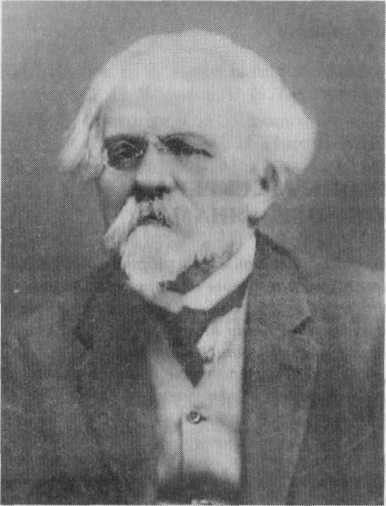 Extreme
intelligence often comes with extreme eccentricity, as you are well
aware. After all, the archetypical mad scientist of the movies has its
real-world precedents. Any list of mad scientists has some that you are
familiar with, but you may not be familiar with all ten of these crazy
creatives. Did you know about the work of Ilya Ivanov?
Extreme
intelligence often comes with extreme eccentricity, as you are well
aware. After all, the archetypical mad scientist of the movies has its
real-world precedents. Any list of mad scientists has some that you are
familiar with, but you may not be familiar with all ten of these crazy
creatives. Did you know about the work of Ilya Ivanov?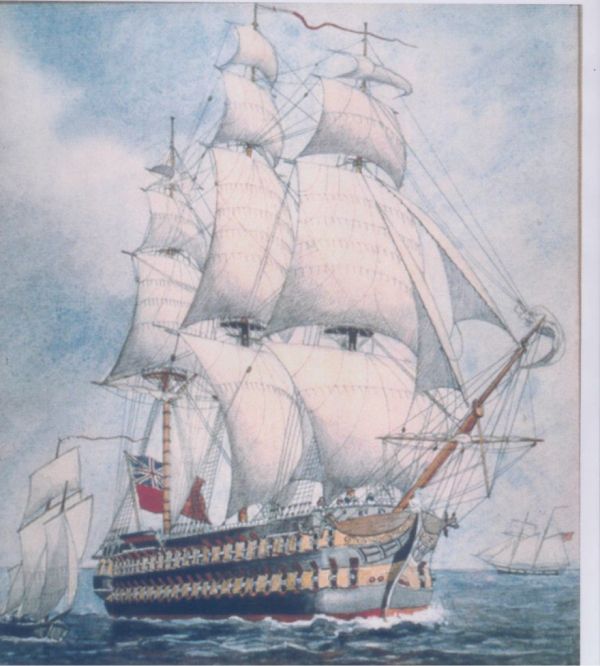
 (Map from Mahan's
(Map from Mahan's 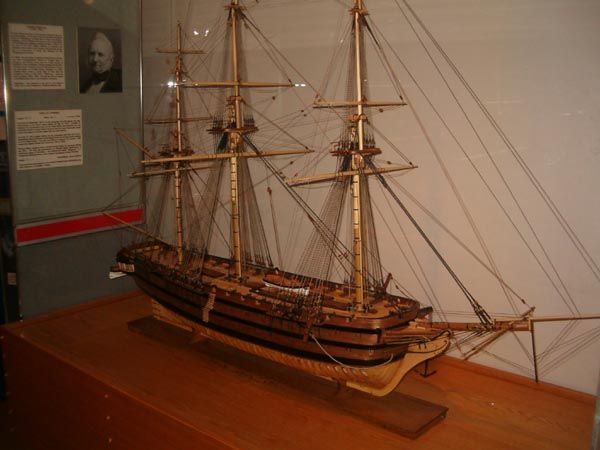 (Model of HMS St. Lawrence at the Hamilton Military Museum.
(Model of HMS St. Lawrence at the Hamilton Military Museum. 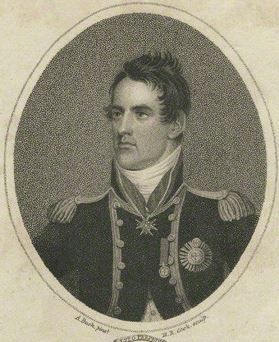 Commodore
James Lucas Yeo (left), the Royal Navy commander on the Great Lakes,
oversaw construction of a vessel that he thought would ensure British
naval supremacy on Lake Ontario. When finished and fully outfitted, HMS St. Lawrence carried a crew of 837 men and held 112 guns. It was larger than Horatio Nelson’s own
Commodore
James Lucas Yeo (left), the Royal Navy commander on the Great Lakes,
oversaw construction of a vessel that he thought would ensure British
naval supremacy on Lake Ontario. When finished and fully outfitted, HMS St. Lawrence carried a crew of 837 men and held 112 guns. It was larger than Horatio Nelson’s own 









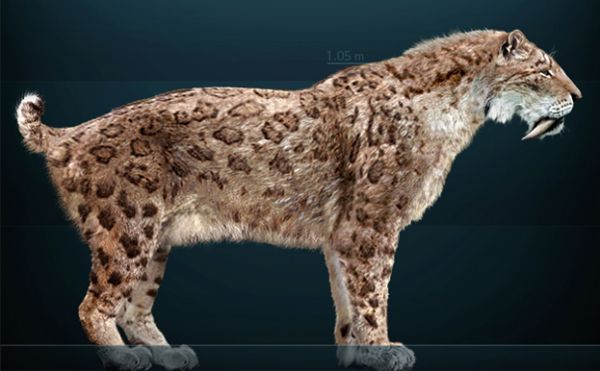 Pictured above is a recreation of Smilodon fatalis,
the species of saber-toothed cat that is the mascot of the Page Museum
in Los Angeles. At one time, several species of sabercat roamed North
America, but they disappeared along with the other big extinct mammals
whose bones are found in the La Brea tar pits. Not fossils -millions of
actual bones that have been preserved for thousands of years in
asphalt.
Pictured above is a recreation of Smilodon fatalis,
the species of saber-toothed cat that is the mascot of the Page Museum
in Los Angeles. At one time, several species of sabercat roamed North
America, but they disappeared along with the other big extinct mammals
whose bones are found in the La Brea tar pits. Not fossils -millions of
actual bones that have been preserved for thousands of years in
asphalt. 
